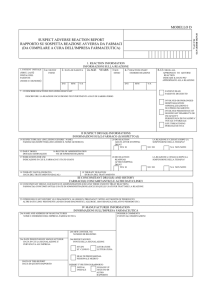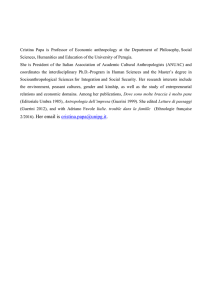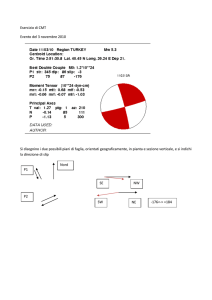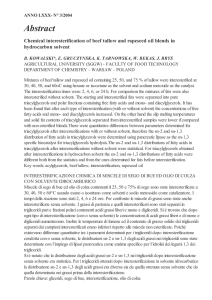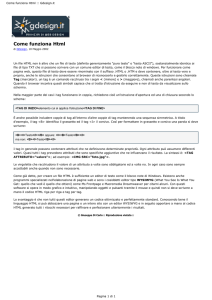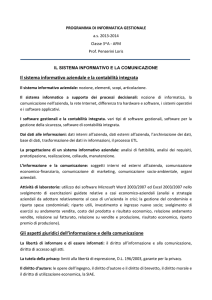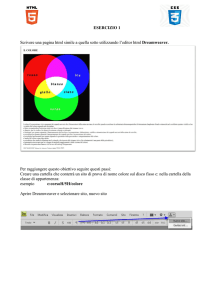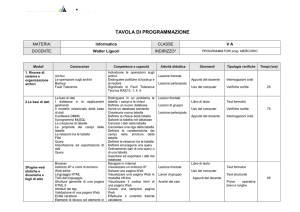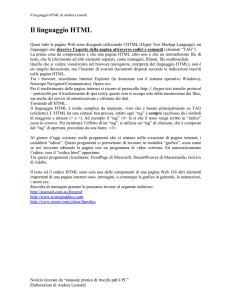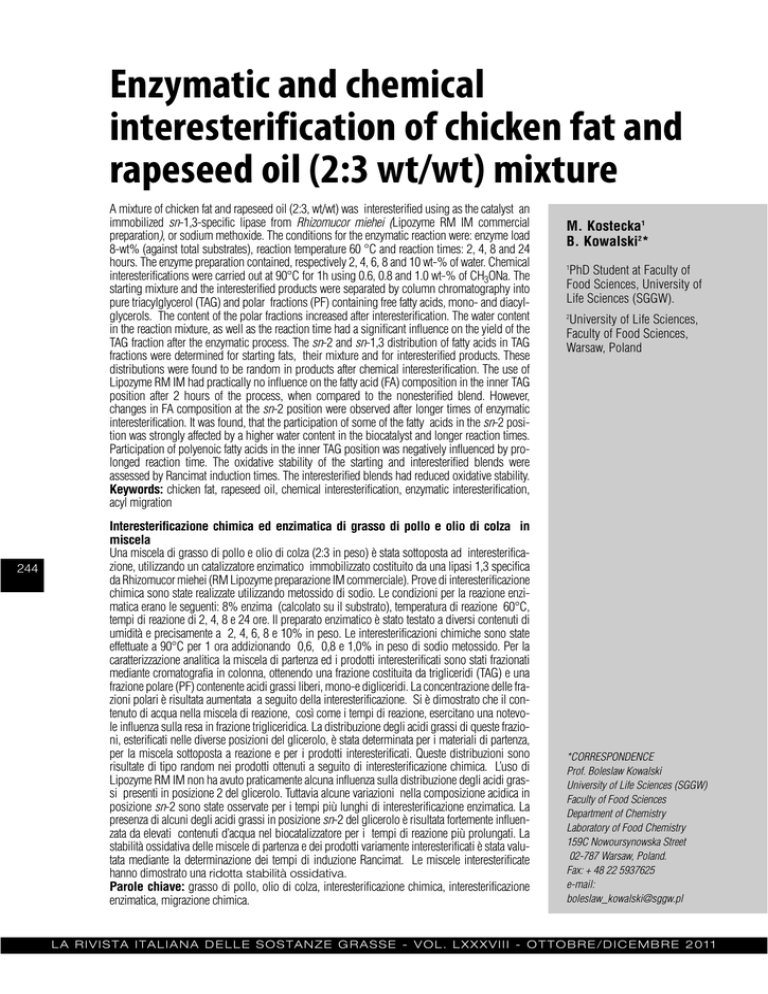
Enzymatic and chemical
interesterification of chicken fat and
rapeseed oil (2:3 wt/wt) mixture
A mixture of chicken fat and rapeseed oil (2:3, wt/wt) was interesterified using as the catalyst an
immobilized sn-1,3-specific lipase from Rhizomucor miehei (Lipozyme RM IM commercial
preparation), or sodium methoxide. The conditions for the enzymatic reaction were: enzyme load
8-wt% (against total substrates), reaction temperature 60 °C and reaction times: 2, 4, 8 and 24
hours. The enzyme preparation contained, respectively 2, 4, 6, 8 and 10 wt-% of water. Chemical
interesterifications were carried out at 90°C for 1h using 0.6, 0.8 and 1.0 wt-% of CH3ONa. The
starting mixture and the interesterified products were separated by column chromatography into
pure triacylglycerol (TAG) and polar fractions (PF) containing free fatty acids, mono- and diacylglycerols. The content of the polar fractions increased after interesterification. The water content
in the reaction mixture, as well as the reaction time had a significant influence on the yield of the
TAG fraction after the enzymatic process. The sn-2 and sn-1,3 distribution of fatty acids in TAG
fractions were determined for starting fats, their mixture and for interesterified products. These
distributions were found to be random in products after chemical interesterification. The use of
Lipozyme RM IM had practically no influence on the fatty acid (FA) composition in the inner TAG
position after 2 hours of the process, when compared to the nonesterified blend. However,
changes in FA composition at the sn-2 position were observed after longer times of enzymatic
interesterification. It was found, that the participation of some of the fatty acids in the sn-2 position was strongly affected by a higher water content in the biocatalyst and longer reaction times.
Participation of polyenoic fatty acids in the inner TAG position was negatively influenced by prolonged reaction time. The oxidative stability of the starting and interesterified blends were
assessed by Rancimat induction times. The interesterified blends had reduced oxidative stability.
Keywords: chicken fat, rapeseed oil, chemical interesterification, enzymatic interesterification,
acyl migration
244
Interesterificazione chimica ed enzimatica di grasso di pollo e olio di colza in
miscela
Una miscela di grasso di pollo e olio di colza (2:3 in peso) è stata sottoposta ad interesterificazione, utilizzando un catalizzatore enzimatico immobilizzato costituito da una lipasi 1,3 specifica
da Rhizomucor miehei (RM Lipozyme preparazione IM commerciale). Prove di interesterificazione
chimica sono state realizzate utilizzando metossido di sodio. Le condizioni per la reazione enzimatica erano le seguenti: 8% enzima (calcolato su il substrato), temperatura di reazione 60°C,
tempi di reazione di 2, 4, 8 e 24 ore. Il preparato enzimatico è stato testato a diversi contenuti di
umidità e precisamente a 2, 4, 6, 8 e 10% in peso. Le interesterificazioni chimiche sono state
effettuate a 90°C per 1 ora addizionando 0,6, 0,8 e 1,0% in peso di sodio metossido. Per la
caratterizzazione analitica la miscela di partenza ed i prodotti interesterificati sono stati frazionati
mediante cromatografia in colonna, ottenendo una frazione costituita da trigliceridi (TAG) e una
frazione polare (PF) contenente acidi grassi liberi, mono-e digliceridi. La concentrazione delle frazioni polari è risultata aumentata a seguito della interesterificazione. Si è dimostrato che il contenuto di acqua nella miscela di reazione, così come i tempi di reazione, esercitano una notevole influenza sulla resa in frazione trigliceridica. La distribuzione degli acidi grassi di queste frazioni, esterificati nelle diverse posizioni del glicerolo, è stata determinata per i materiali di partenza,
per la miscela sottoposta a reazione e per i prodotti interesterificati. Queste distribuzioni sono
risultate di tipo random nei prodotti ottenuti a seguito di interesterificazione chimica. L’uso di
Lipozyme RM IM non ha avuto praticamente alcuna influenza sulla distribuzione degli acidi grassi presenti in posizione 2 del glicerolo. Tuttavia alcune variazioni nella composizione acidica in
posizione sn-2 sono state osservate per i tempi più lunghi di interesterificazione enzimatica. La
presenza di alcuni degli acidi grassi in posizione sn-2 del glicerolo è risultata fortemente influenzata da elevati contenuti d’acqua nel biocatalizzatore per i tempi di reazione più prolungati. La
stabilità ossidativa delle miscele di partenza e dei prodotti variamente interesterificati è stata valutata mediante la determinazione dei tempi di induzione Rancimat. Le miscele interesterificate
hanno dimostrato una ridotta stabilità ossidativa.
Parole chiave: grasso di pollo, olio di colza, interesterificazione chimica, interesterificazione
enzimatica, migrazione chimica.
M. Kostecka1
B. Kowalski2*
PhD Student at Faculty of
Food Sciences, University of
Life Sciences (SGGW).
1
University of Life Sciences,
Faculty of Food Sciences,
Warsaw, Poland
2
*CORRESPONDENCE
Prof. Boleslaw Kowalski
University of Life Sciences (SGGW)
Faculty of Food Sciences
Department of Chemistry
Laboratory of Food Chemistry
159C Nowoursynowska Street
02-787 Warsaw, Poland.
Fax: + 48 22 5937625
e-mail:
[email protected]
L A R I V I S TA I TA L I A N A D E L L E S O S TA N Z E G R A S S E - V O L . L X X X V I I I - O T T O B R E / D I C E M B R E 2 0 1 1


